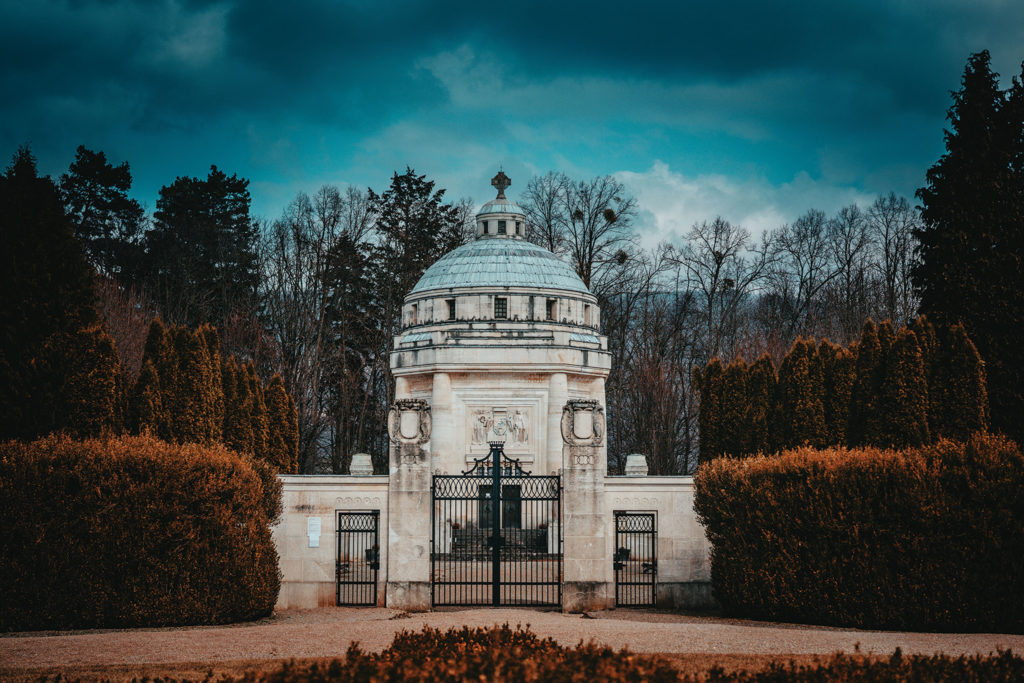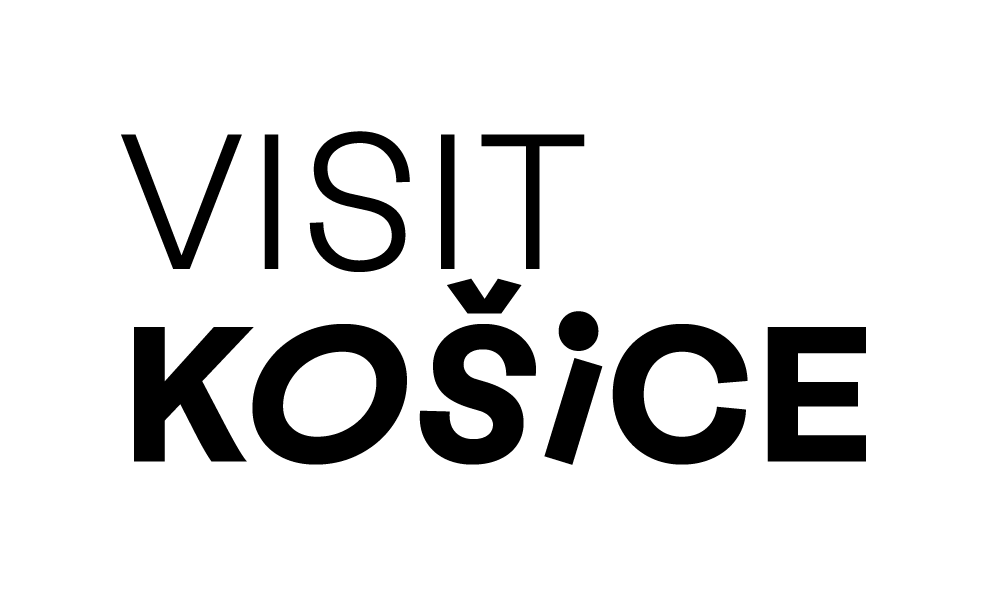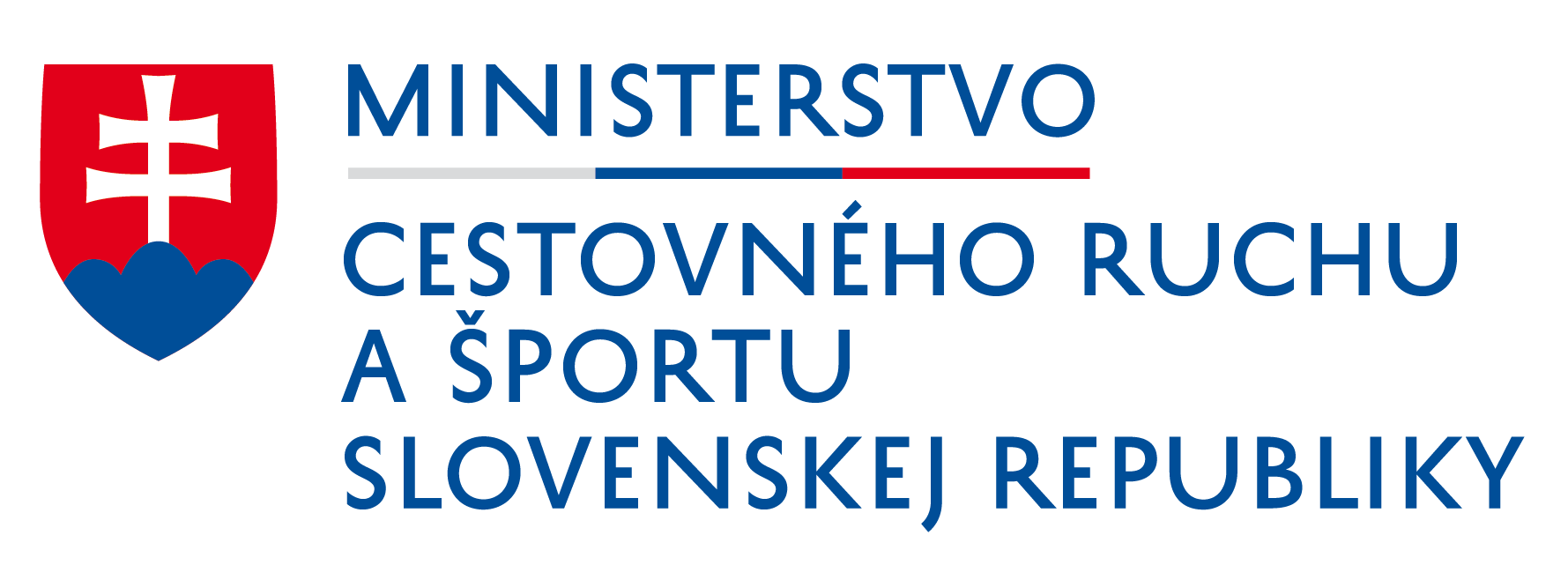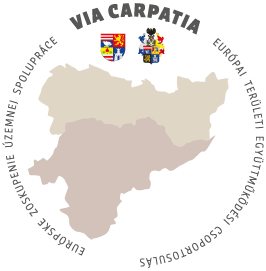
1. Cross the border comfortably
Direct highway transport
You may reach the 400-year-old rule of the Andrássy family from the property of the Bebek family, who had to leave the territory of Upper Historic Hungary in 1566, by a quick drive. Cross this border of history with excellent transport connections by car on the highway in the direction from Budapest right to Košice. Take the opportunity to park in the beautiful corners of aristocratic history. Peter I Andrássy was transferred to Krásna Hôrka in 1578, thus having begun the reign of his clan in Gemer. You can deviate from the road in the same way as when the family property was divided at the end of the 17th century, which created two “sub-branches” of the family branch – the older Betliar one based in Betliar and the younger one in Dlhá Lúka or Monok, which remained at the Krásna Hôrka Castle. A beautiful history full of preserved distant and yet close beauties, which you may observe on the way along the highway.

2. Refreshing in the highest artificial waterfall
Betliar
Mansion of Betliar with the adjacent park offers visitors a world unique site. It is the Great Roman Waterfall. Today, this national cultural monument can be admired in all its beauty again. The Roman Waterfall in the park was built by Count Leopold Andrássy in the early 19th century. It was designed by architect Josef Bergmann as part of the unique water system that characterises the entire mansion park in Betliar. It is located on a marshy subsoil and as ratly as during the Andrássy family they addressed the issue of excess water in it by building an ingenious water system of ponds, ditches, and drainage canals. The Roman Waterfall itself was built in 1823. It takes the form of the ruins of a Roman aqueduct. Its uniqueness lies in the fact that it was one of the first Romantic buildings in the territory of today’s Slovakia at the beginning of the 19th century, when Romanticism was just beginning to develop in this country. At the same time, it has elements of Classicist architecture, precisely because it resembles the ruins of an ancient aqueduct. In addition to its appearance, this building is also unique because it is the tallest artificial waterfall in Slovakia. Its height is nine metres. It is also interesting in that in 1909, the pool under the waterfall was fenced with a high cage and converted into a menagerie. This object is called a grotto. Before World War I, it served as a menagerie for polar bears. The Andrássy were the first in the world to keep polar bears there! In the park, there are rare foreign trees or majestic oaks and spruces. It grows the largest magnolia in Central Europe.
3. Accept the invitation to coffee in the Andrássy family
Spanga Café overlooking the Betliar Museum
Samples of aristocracy porcelain, coffee cups and sets from different parts of the world reminiscent of the lifestyle of aristocrats, porcelain from the workshop in Herende, will not let you leave the Betliar complex without trying not just its taste or smell from a cup of coffee with cream, but especially the taste of well-being in the environment of a former aristocratic cream. Such an invitation only occurs once in a lifetime! Therefore, move to a time with a typical aristocratic inventory, such as cutlery with a porcelain handle, which were made of “white gold” exclusively to order, which adorned the covered tables, or the dwellings of emperors, kings, and aristocrats. So, you can only miss the park with a fountain and the mansion cafe, can’t you? No problem, here you are, come in! The Spagna Café, named after the Andrássy court dwarf, is the place where the Andrássy times come to life. There is a mixture of nostalgia and sentiment, it is the best place in the region to have some coffee! Especially on the terrace, from where you will have a wonderful view of the Betliar mansion.
4. Follow love eternal
The Andrássy Family Mausoleum – Františka and Dionýz in Krásnohorské Podhradie
A milieu as if made for love! The romantic story of the low-born Františka and Count Dionysus, a descendant of one of the richest families in Hungary, is still very much alive and also impresses one with its end. The story of Dionysus and Františka fits neately into the Romantic period. This is embodied in a beautiful mausoleum, which Dionysus Andrássy built for his beloved wife under the castle after 36 years of marriage. Dionysus and Františka from the Krásna Hôrka branch of the family have a particularly large share in the fact that the Andrássy family came to the attention of the local people as great benefactors. Dionysus Andrássy and his wife Františka distributed a large part of their property to charity. They had no children, which may be why it was easier to distribute huge sums, and their charity did not seem like an eccentric hobby, but as a thoughtful and systematic work. They founded libraries, orphanages, hospitals, schools, grammar schools, supported all the local Churches, set up a mining museum in Rožňava, and indelibly inscribed themselves in the development of the town, in which they had several high-quality and elegant buildings built. While Dionysus repaired the Krásna Hôrka Castle, from which his father had already started to build a family museum, Františka devoted herself to social projects in the area, especially in Rožňava. After her death (1902), the lonely Dionysus concentrates on building his wife’s cult. Dionysus’ life is interesting right after Františka’s death – he would build her a mausoleum, arrange a grand funeral, her statue will be built in Rožňava and Vienna, orphans will be named after her. Dionysus would build the Františka Museum on the castle, have a mining museum in Rožňava built, which bears his wife’s name, the Františka Andrássy Foundation, the Františka Obelisk and so on, beyond the grave – for eternal love and for the sake of love eternal.
5. Becoming a miller at the “Iron Count”
Water mill in Kováčová
The wheels are turning… The big wheels but also the small ones have mastered technology, and that is why the privilege of becoming a “iron count” miller awaits you, at least for a while. We invite you to an interesting tour of the water mill, which originally belonged to the Andrássy family from Krásná Hôrka. You will see the original equipment and see how flour was once made. Here you will learn about the tradition of milling in the Gemer region and the functioning of ecological hydropower, which was used by our ancestors in the past. The water mill in the village of Kováčová, which once belonged to the Andrássy family of Krásná Hôrka, has original technical equipment and machines for the flour grinding process. The building has 4 floors with the original machinery, a mill wheel and its wooden feeding trough to the mill. During the tour, you will learn how flour was then made using the original preserved equipment and you will hear the story of the miller and his family, who last lived and worked here. The show includes an exhibition of useful objects and objects of folk art, such as pottery, ceramics, wickerwork, embroidery and others originating in this area of the Gemer region. After the tour, you will find a pleasant sitting on the terrace, where you can recuperate and refresh yourself.
6. Enjoy urbex at one go
Urbex in Drnava: Find the factory where the parts for the chain bridge in Budapest were made (Széchenyi Lánchid)
Without Drnava, there would be no bridge standing in Budapest! In the past, Drnava was a mining village where iron was processed. The ironworks played an important role in the history of Drnava. In the past, this place was an important centre of the industry, which processed iron ore from all over the area. In the eyes of the whole of Hungary, Drnava was a model ironworks at the beginning of the 19th century. It was here that the main parts of the Széchenyi Chain Bridge, which connects Pest with Buda, were cast. However, the ironworks in Drnava were not operating for longer than 100 years, so the company’s former glory would disappear along with its premises. In 1730, there were four furnaces and four mills in the village, which belonged to the Andrássy family. Later, a blast furnace and a blower were added. The ironworks were expanding. In 1825, a very modern ironworks was built in Drnava. The English technician John Paget, who travelled throughout Hungary, also visited the ironworks in Drnava. He expressed deep admiration for their equipment. Count Andrássy made great efforts to develop the ironworks. He underwent several study trips abroad. He also sent his technicians abroad. He even sent two shipowners at his own expense to study in Germany for two years. Demand for products from Drnava was in Pest, Košice, Tokaj, Szeged and also in Transylvania. After the revolution of 1884, the company expanded again. A really varied assortment was produced here – stoves, containers, weights, clock parts, including railway wheels. Screws, machine parts, equipment for sugar factories, mills, bakeries and high-pressure water and steam pipes were also manufactured here. It is interesting that Juraj Andrássy founded the so-called fraternal treasury. The workers of each earned gold coin deposited a kreutzer in the treasury. The ironworks then paid for their treatment and medicine for this money. A one-time allowance was also provided – funeral allowances. Problems with rheumatism were very common. As far as possible, the fraternal treasury also reimbursed the cost of the spa treatment. After the death of Juraj Andrássy, the new count Andrássy subleased the ironworks to German businessmen. Later, the lease was taken over by the Rimavskomuránska Company. Production was severely limited in 1908 and in 1915 the ironworks was completely closed. Today, the building is just dilapidated. Nevertheless, the gate is open and inside you can see traces of recent visitors. Just move indoors very carefully. The building is not stable and several ceilings have collapsed. And although instead of top-equipped and highly productive ironworks in the village there is now an old dilapidated and abandoned building, it hides a remarkable and lively history.
























